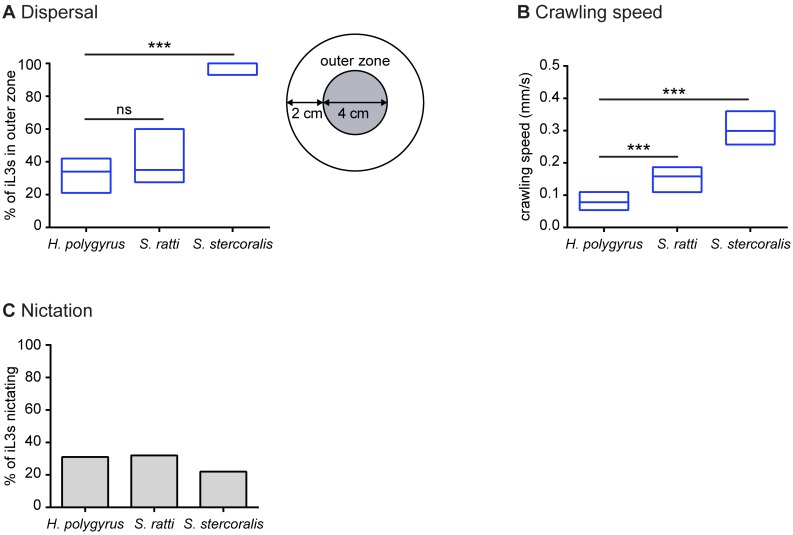Fig 1. Navigational strategies of H. polygyrus in comparison to those of S. ratti and S. stercoralis.
A. Dispersal behavior across species. iL3s were placed at the center of an agar plate and allowed to crawl freely for 1 hour in the absence of applied sensory stimuli. The percentage of iL3s in the outer zone, defined as the region of the plate outside a 4-cm-diameter circle (right), was determined. H. polygyrus and S. ratti iL3s dispersed to a similar extent, while S. stercoralis iL3s dispersed to a greater extent. ***p<0.001, Kruskal-Wallis test with Dunn’s post-test. n = 9–11 trials for each species and condition. B. Crawling speed across species. H. polygyrus iL3s crawled more slowly than S. ratti and S. stercoralis iL3s. ***p<0.001, one-way ANOVA with Holm-Sidak’s post-test. n = 23–31 iL3s per species. For A-B, graphs show medians and interquartile ranges. C. Nictation frequencies were similar across species (p = 0.65, chi-square test). n = 22–70 iL3s per species. Data for S. ratti and S. stercoralis are from Castelletto et al., 2014 [18].

